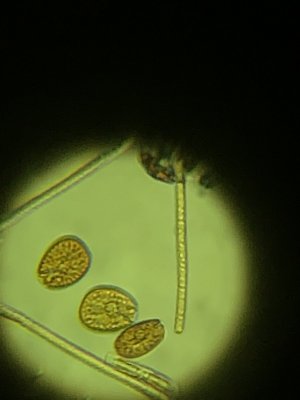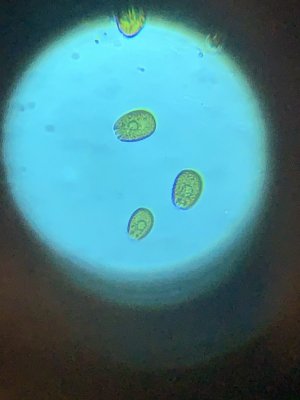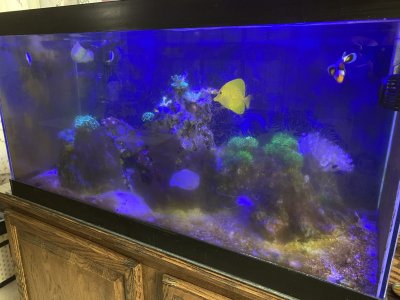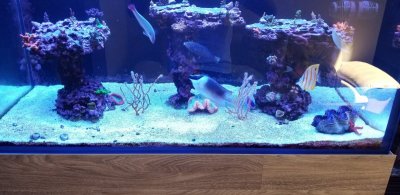Yep! The Low Range Si, Hi705.
Si is consumed by many organisms if it's present and other nutrients are not limiting.
What Si level do you target? Triton recommends 100 ug/l. According to my ICP I am at 67 ug/l. It was 135 2 months before when I did the last ICP test.





















